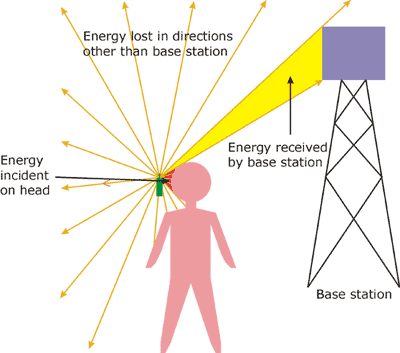and artificial ingredients. The other day, in a moment of thirst, I purchased a plastic bottle of diet soda and thought, thank goodness my blog readers cannot see me. I cringed in horror at the health and environmental crimes I was committing, but wanted to quench my thirst. Thank goodness I live by the 80/20 rule and I cashed in on some of my 20. We're not aiming for no impact, just 80% less.
In our desire to reduce, reduce, and reduce, coupled with two teenagers, we've managed fairly well without soda, but it still makes its way into the house from time to time. The
evils of HFCS and artificial sweeteners drive the bulk of our decision, but even the wasteful plastic bottles from the seltzer water sat forlornly in our recycle bin. I tried heroically to ignore my gut instinct about why
we should avoid plastic. Really, weren't

we doing our 80%?
The empty plastic bottles stared at me week after week as we wanted to kick the seltzer habit. But a sense of entitlement crept in. We deserve an effervescent beverage, we miss carbonation! In a quest to see if what alternatives existed, we discovered quite possibly the coolest indulgence a green friend could ever have.
We discovered the amazing
Sodastream. Yes, it is that fabulous. Let's start with the requisite disclaimer.
I had been eying the Sodastream for a while and decided to contact them directly, asking if they would be interested in a review of their product. They graciously accepted my offer for a review and sent me not JUST a Sodastream but an assortment of their naturally flavored soda flavors, for free. So that is the string attached to this review, but it is as honest and true as the day is long.
We love the Sodastream. The company sent the
Crystal model, with two glass carafes, one pressurized can of carbon, five flavors of soda and 4 flavors of unsweetened seltzer flavoring. This product is unbelievable. No waste, lower cost, natural flavorings. No electricity. We took the SodaStream on a camping weekend with 26 folks total and it was a complete hit. The consensus was a resounding level of awe and enjoyment. The flavors were a hit as well as having less trash to haul from our cabin at the end of the trip.
From the Sodastream corporate site:
Crystal combines top-notch performance with sleek, earth-friendly design in one elegant package. SodaStream Crystal uses a stylish, cut-glass, dishwasher-safe glass carafe for carbonation, allowing you to prepare your favorite soda, and then serve it immediately to the table with class and ease.
The natural soda flavors we tested are pink grapefruit, lemon lime, black currant pear, apple mango, and orange pineapple. The unsweetened seltzer flavors we received were mint, lemon-lime, orange, and raspberry. Made from all-natural ingredients, new Sodastream Sparkling Naturals make great-tasting "better for you" sodas. Sparkling Naturals contain no artificial flavors, no artificial colors and no artificial sweeteners, and do not contain any preservatives, making them a perfect, sparkling, natural soda alternative for the entire family. Each 750ml bottle of Sparkling Natural concentrate will make 6 liters (approximately 25 8-oz servings) of all-natural soda. Coming in Spring 2011 also are natural cola, root beer and ginger ale flavors.
I am so excited about their natural soda... they are real sugar, real flavor, mixed as you wish, each batch fresh. Sodastream drinks are lower in sugar grams, sodium, and caffeine than all the national brand names of soda. For a complete comparison of sugar, carbs, and calories, click here.
Their diet sodas are sweetened with Splenda, if you need to avoid aspartame. Speaking only for Our Daily Green, we'd rather avoid sugar or sugar substitutes in any form, at least for beverages. We did tinker with proportions of the flavored concentrate and discover that about 1/2 the grapefruit concentrate is still a great flavor. However, by far, the plain soda water, flavored with unsweetened lemon/lime is our personal favorite.
We absolutely love the glass decanters, they are elegant, sustainable, and easy to wash and reuse. Carbon refills and soda concentrates are available at national stores like Macy's, Sears, Sur la Table, Bed Bath and Beyond, and Williams Sonoma or can be mailed in for exchange. Depending on the model of SodaStream, each carbonator makes 60 or 110 liters, equivalent to 170 or 310 aluminum cans. When empty, the carbonator is refilled and reused, ready to make more fizzy and tasty soda whenever you want it.









